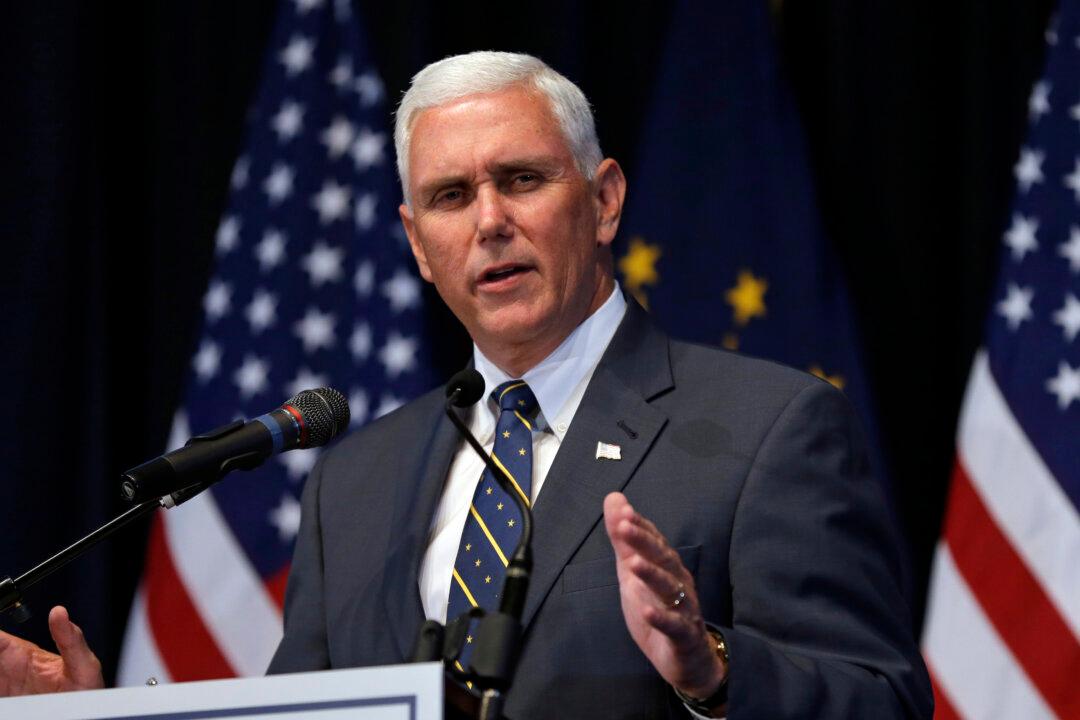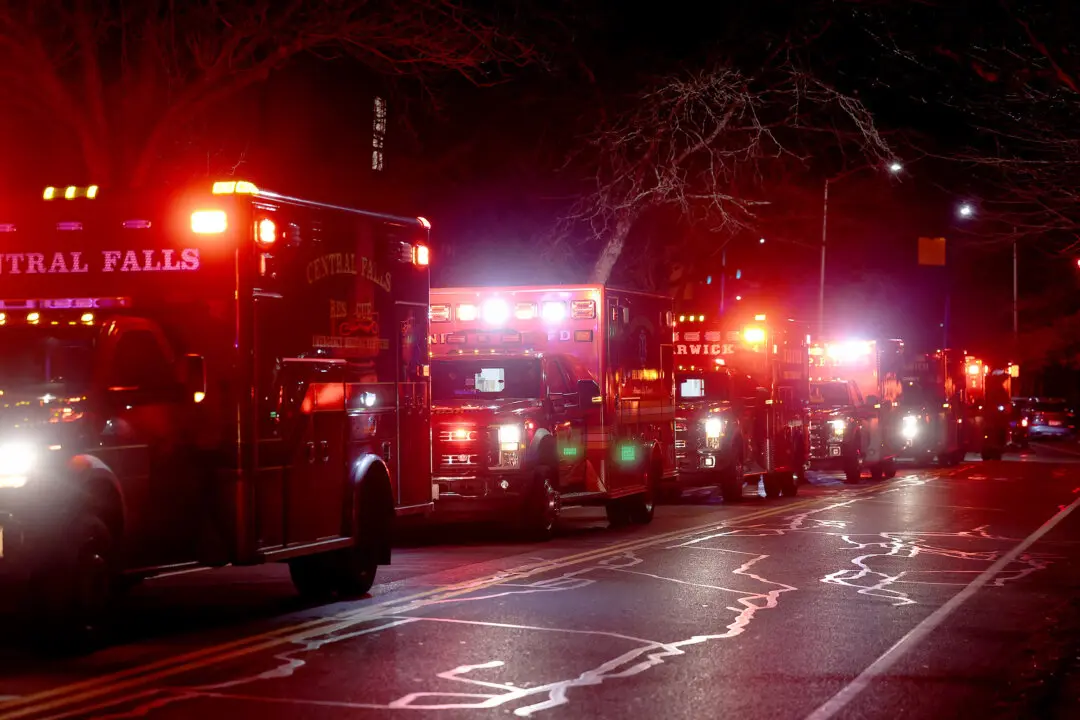A group of 15 states has once again asked a federal court to decide on the legitimacy of a new Environmental Protection Agency (EPA) rule that the states say will end the use of coal to generate electrical power. The court has so far ruled that challenges to the new rule are premature, a point made in a 49-page response filed by the EPA.
The emergency motion, filed by West Virginia’s attorney general Patrick Morissey on Aug. 13, asks the D.C. Circuit U.S. Court of Appeals to stop the clock on the deadline for submission of a federally mandated State Implementation Plan for reducing carbon emissions from fossil-fueled power plants until after final publication of the new rule in the Federal Register, which normally takes up to four months.
The controversial new rule, called the Clean Power Plan and finalized on Aug. 3, requires states to devise and implement plans that will achieve a 32 percent reduction in carbon emissions from 2005 levels by 2030. Doing this would require replacing coal-fired generation of electricity with other sources like wind and solar power. The EPA started the clock immediately after announcing the finalized rule and set the first deadline for Sept. 6, 2016.





